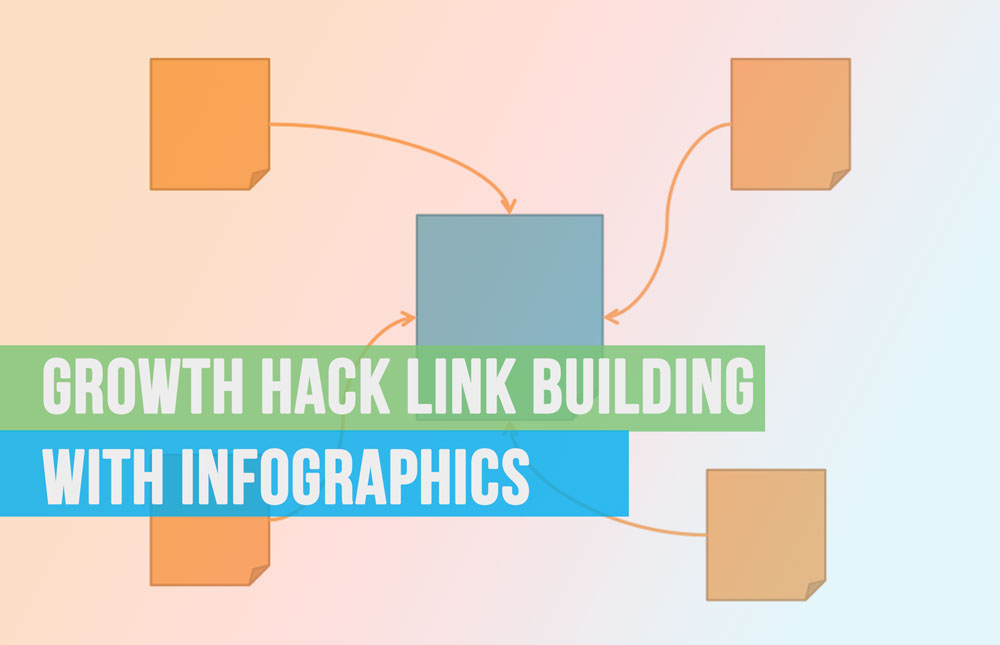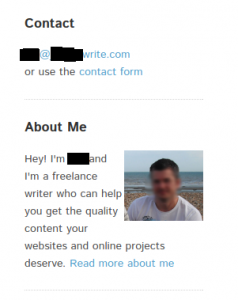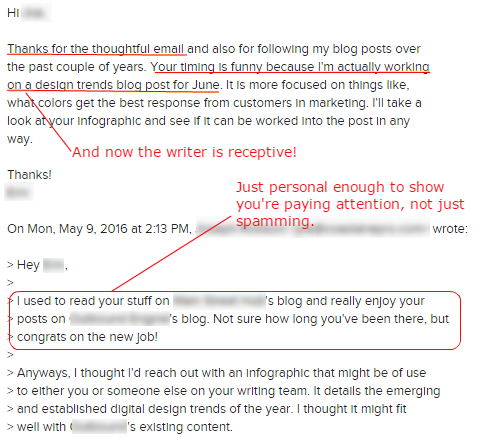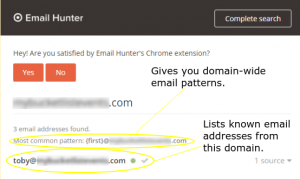Infographics are everywhere on the web and cover every topic imaginable. Done well, an infographic turns boring data into something visually attractive and intellectually digestible. But considering how labor intensive it can be to create a quality infographic, many marketing professionals question if they are an outdated tactic. Is infographic for SEO promotion and link building worth your time? Let’s take a look why it is.

Sure, infographics take a lot more planning and drafting hours than a blog post. But once completed, an infographic is a ready-made and highly shareable piece of content that is uniquely effective in building backlinks. If you are willing to put in the time to both design and promote an infographic properly, the return you will get in your search engine rankings will be well worth the effort.
So you have your infographic, it’s beautiful and informative and ready to make its debut on the world wide web! Now you need to spread the word and start building links. An infographic outreach campaign can be broken down into three simple steps:
- Amass large lists of relevant domains with active blogs – To what kinds of businesses and communities is your infographic relevant? What kind of readers would be interested in your content? Categorize your domains according to subject matter and audience – in doing so, you’ll be able to quickly draft email templates specific to each category, but broad enough that you’re not laboring over each and every pitch. Alternatively, you can identify popular accounts on Twitter that tweet about your subject using Followerwonk or other social media analysis tools.
- Identify a contact for each domain – Who writes for this blog? If multiple people do, which writer publishes content most similar to your infographic? If you are unable to find any author bylines on the blog, can you figure out who is in charge of content marketing?
- Send each contact an email – They need to keep their content wheel churning, and you have something that is relevant to their audience. Blogging consistently is hugely important, but also incredibly difficult. Many bloggers struggle to post regularly, and so sharing content can actually be a great help. In return for supplying a blogger with great subject matter for a blog post, you get a link in return.
Each and every link builds momentum in your campaign, gets more eyeballs on your content, and passes on some of that sweet, sweet link juice. After you have secured a few great placements, you may even begin to notice that your infographic has obtained some unsolicited backlinks. That is the beauty of viral sharing!
Finding active blogs and writers to feature your content can take a lot of time, so you want to move quickly and methodically. Here are three groups of bloggers and domains that you should not overlook when building your contact list, tips on how to hunt down their contact information, and suggestions for crafting a compelling pitch:
Link Building with Freelance Writers
Freelancers make great contacts in link building, especially ones that write within the same niche as the subject of your infographic. A freelancer who writes for multiple clients may even be able to spin your infographic to use on more than one site.
Find contact info
Often freelancers do not have an email address specific to the domain you are trying to get a link on, so scouring the site’s contact page or emailing a generic info@ address may not do much good. However a writer may have their own website where they display their portfolio and resume. A quick Google search can help you pull up their personal domain where their contact info should be easy to find.

If there is no contact info on their website, or if they do not have their own website, a writer’s Twitter is a great place to search. Allmytweets.net will amass a text version of everything a user has ever tweeted, making it easy for you to Ctrl+F. Maybe they’ve tweeted their contact information before.

Get off topic…
Getting contact info is just the beginning. A writer’s personal website or social media profile is a goldmine of personal info you can use to craft a compelling introduction for your infographic. As in real-life social settings, hobbies, interests, and shared experiences are more natural starting points for conversation than work. Keeping this in mind, add just a touch of friendly fodder for conversation to your pitches. You will come across as a more well-rounded human being than if you were to dive right into business immediately after introducing yourself.
Looking at a freelance writer’s portfolio and self-summary can give you a feel for what they really love to write about. Maybe the writer is a crafter by passion but writes for tech blogs to pay the bills. Even if you are trying to get a link on their tech client’s website, briefly complimenting a recent piece they wrote on crocheting will help win them over. Writers want to be read, not used for links. A little effort to demonstrate that you’ve read their work is a small gesture that goes a long way.

…but don’t get carried away.
Of course nobody likes to be baited and switched, so the clear intention of your email should always be the infographic you want them to share. It is definitely not recommended that you email a writer to ask them about their hobbies only to segue to your infographic after you have already exchanged several emails.
You should also be genuine. Don’t talk about how much you love their blog if secretly you’ve never read it and don’t care about the subject. You should always aim for truth or at least truthiness, to borrow a term from Colbert.
Furthermore, you do not need to spend a ton of time crafting completely personalized pitches for every writer. Gush at length about their interests and portfolio and you risk coming off disingenuous or creepy. Besides, you should be casting your net wide and sending a ton of these emails, so don’t let any one pitch take up too much of your time. Your general outreach template plus a few recipient-specific touches should do the trick. Here are some examples:
- You found their personal blog: “I adored your post about your travels in Italy. I visited Rome several years ago and your piece brought back so many great memories. You’ve got me wanting to book another trip!”
- You found their CV: “I used to follow your posts on [Old Employer’s] blog when I was working in that field. I don’t know how long you’ve been writing for [Current Employer], but congrats on the new gig!”
- You found their Twitter: “As a side note, the observations you tweeted about [issue/event] were spot on. I completely agree and was so happy to read something that articulated my thoughts on the subject so well.”
Link Building with Startups
In a highly competitive environment bent on growth, startups need to prioritize marketing. And essential to any modern marketing strategy is content. Startups are highly receptive to the viral nature of sharing that has made infographics such a useful content strategy, and many are hungry to establish themselves as thought leaders in their respective fields. Feed them a great pitch and your infographic is prime content for their blogs and social media.
Finding contact info
A benefit of reaching out to early stage startups is that such companies are unlikely to have a huge number of employees. This makes it easy for you to figure out in whose inbox you want your pitch to land. If there are no author bylines on the blog, the “Our Team” page of the company’s website is a good place to try to narrow down your target based on title.
There are countless free and paid tools to help you find email addresses by domain — I personally like Email Hunter, a Chrome plugin that will scan up to 150 domains per month free of charge. Plugins are a nice way to cut down on the amount of open tabs in your browser, saving you from the distracting hassle of constantly navigating away and back again in your search for contact info. But if you are unable to locate the email address of your desired contact, try making an educated guess. Most companies use the same formula for each employee’s email handle. If you know one address, you can probably guess them all, provided you know the names of those who you are trying to reach.

Not getting any hits for email addresses at all? Before you give up and fill out a contact form, quickly search Google to see if the company has any press releases on the wire. Many press releases include an email address in the heading or footer.

Make it easy
It’s almost a cliche to point out that employees of startups, especially early-stage ones, often wear many hats. It is likely that an employee writing for the company blog has countless other priorities they need to make time for on any given work day. A well designed and relevant infographic is an ideal, ready-made piece of content for someone who is pressed for time. The only writing they have to do is a brief introductory paragraph. And if they are too busy to manage that, you can always offer to write it for them. Besides, ghost writing an intro paragraph for your infographic is an excellent way to exercise some control over the anchor text and keywords associated with your backlink.
Link Building Locally
In your pursuit to spread links to your infographic far and wide, you would be remiss to overlook folks in your own area. Everyone loves local businesses; local businesses love other (non-competing) local businesses. You’re a local, so you know their clients and customers. You may even be one of their customers. You already have something in common, so reaching out is less of a cold call from a stranger and more of a neighborly hello.
Conversion > traffic
Small businesses and agencies do not often have strong domain authority, and their blogs might not have a large readership. But a neighboring business’s website is likely filled with local-specific keywords that you would be right to take advantage of. Localized search terms may not drive as much traffic as universal ones, but the conversion rates more than make up for that gap. Local leads are always going to be warmer.
Relevancy is also a key term to remember when it comes to SEO. You want links from related websites to yours. That may mean sites in your same industry, or it may mean geographically relevant sites, depending on your audience. Relevant links are more important than random links from random websites, because it shows trust and authority.
Get to know your neighbors
Even if local outreach results in just a few placements for your infographic, there is plenty benefit to be had in the simple act of introducing yourself to business owners in your area. It would be difficult to overstate the importance of word-of-mouth and local recognition for any business. Whether they link to you or not, connecting with them could lead to partnerships, referrals, exchanges of services, and so much more.
Other Tips
- Following up with folks who you have not heard back from should be as much of a priority as finding new targets to pitch. Follow up with everyone who does not reply after a week or two. Maybe your second email reaches them at a better time, or maybe they just forgot. You may be surprised how many more responses you receive the second time around.
- Emailing the wrong person can sometimes work out in your favor. Send a pitch to the Sales Director but format it for the Copy Editor, and the Sales Director may not feel comfortable deleting mail intended for a coworker. Misaddressed emails are so common in office environments that it is general etiquette to always forward these emails to the intended recipient, where your message is more likely to be read than if it were coming directly from a stranger. This trick can come in handy if you are unable to locate the email address of your specific target.
- Strike a balance between time spent personalizing your pitches, and time spent finding new contacts. You want to give each email enough attention that you sound like a real person, but don’t labor over individual emails. That time is better spent amassing new contacts. Try writing out a template specific to each category of domains, leaving room in each template for just one or two lines of customization. For example, if your infographic is about cyber security, you may have identified companies that sell security software as one group of targets and internet privacy blogs as another. Write one template for the software companies and another template for the privacy blogs. The goals and readerships of these types of blogs are different, and your pitches should reflect that.
Conclusion
If you don’t have experience with producing and pitching an infographic, I agree that reaching out to strangers in droves can be a bit intimidating at first. But with even a single outreach campaign under your belt, you may just find yourself hooked. Getting into your rhythm happens faster than you’d expect, and link building can actually be pretty rewarding once you get into the swing of things.
Link building with infographics is equal parts managing time and expectations. Don’t expect the majority of your infographics to go viral, since most don’t. But with the right preparation, planning, and promotion, you’ll have a strong strategy for acquiring links and publicity in a highly scalable way. You just have to start with the first one!




An interesting approach, no one writes about it or writes wrong. Thank you